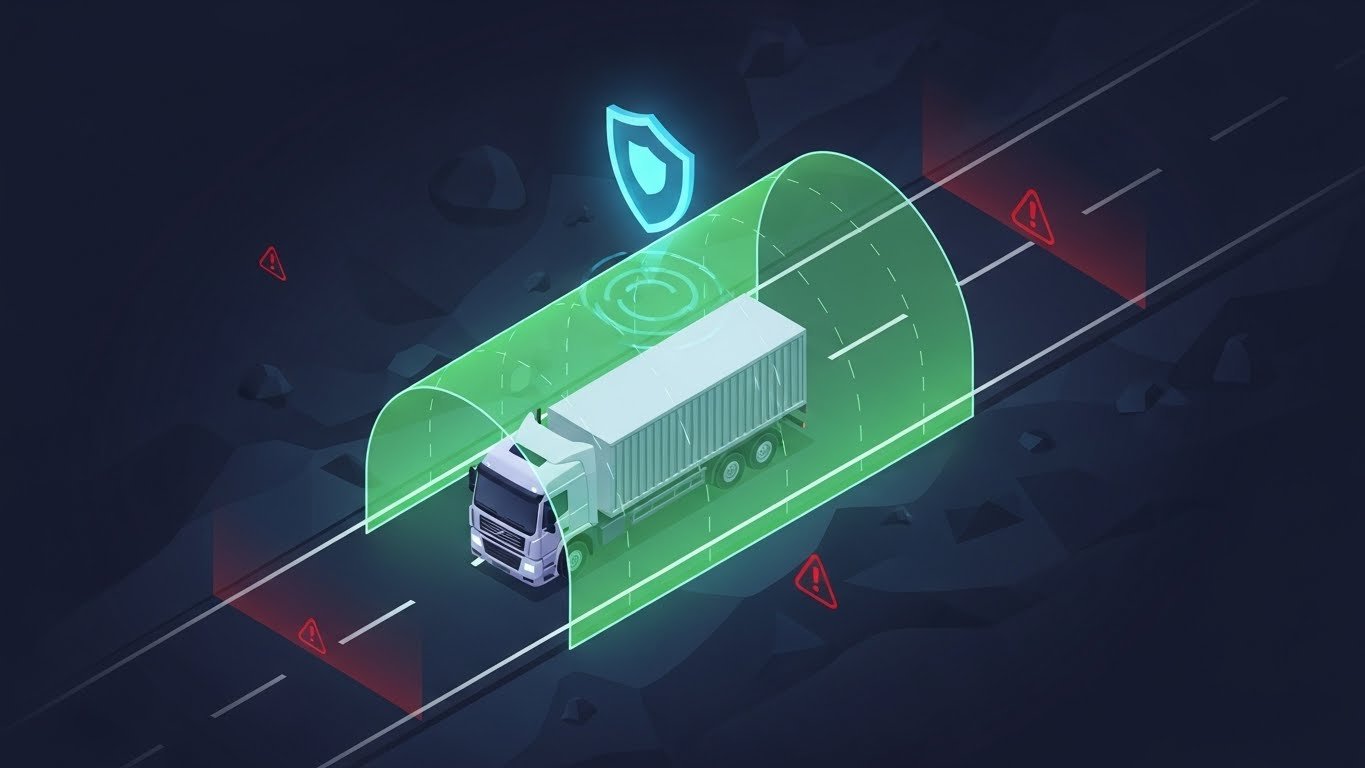Understanding LTL and FTL Shipping
Shipping logistics involve various settings of transferring products, primarily classified into Much less Compared to Truckload (LTL) and Complete Truckload (FTL) shipping. Understanding these 2 techniques is essential for companies to create informed shipping choices based upon their specific needs.
Much less Compared to Truckload (LTL) shipping is utilized when a delivery doesn’t require the complete capacity of a vehicle. Geralmente, LTL shipments involve consolidating several smaller sized tons from various shippers into one trailer, which can improve path consolidation. This technique is especially affordable for companies having to transport products listed below a specific weight limit, often varying from 150 pounds to 15,000 pounds. No entanto, LTL shipments may sustain much longer transportation times because of several quits and transfers, affecting delivery timelines.
Por outro lado, Complete Truckload (FTL) shipping is most beneficial when a solitary shipper’s products can fill a whole trailer. This technique ensures direct delivery, reducing transportation time and the risk of damage from several handling. Companies often choose FTL when shipping bigger amounts or high-value items, where prompt delivery is critical. Although FTL has the tendency to have a greater in advance cost in contrast to LTL, it can show more cost-effective for bigger shipments because of decreased handling costs.
When deciding in between LTL and FTL, factors to consider such as delivery dimension, worth, and delivery seriousness should be focused on. Integrating telematics for LTL and FTL can further improve functional effectiveness. Utilizing systems like the Protrack GPS Tracking System can optimize routes, improve backhaul optimization, and improve trailer usage, providing real-time understandings into delivery locations. Eventualmente, understanding the qualities and benefits of LTL and FTL shipping can help companies improve their logistics and improve overall provide chain efficiency.
Challenges Faced in LTL and FTL Shipping
The landscape of logistics and transport is shaped by the unique challenges faced in Much less Compared to Truckload (LTL) and Complete Truckload (FTL) shipping. Each technique provides unique functional intricacies that can significantly impact effectiveness and client satisfaction. In LTL shipping, where several shipments from various shippers are combined into a solitary truckload, logistical planning becomes naturally challenging. It involves meticulous sychronisation of various freight, prominent to an enhanced propensity for hold-ups because of traffic problems, packing and unloading times, and path optimization problems. Effective path consolidation is crucial in mitigating these hold-ups, ensuring efficient use sources and prompt delivery.
Por outro lado, FTL shipping generally involves the transport of products coming from a solitary carrier, which typically decreases the intricacy associated with freight handling. No entanto, it positions its own set of challenges, primarily worrying pricing frameworks and overall usage of the trailer space. Oftentimes, trailers may not be efficiently packed, prominent to underutilization and enhanced costs. This is where telematics for FTL becomes important, as it improves trailer usage through real-time monitoring and monitoring, consisting of systems such as the Protrack GPS tracker. By utilizing these advanced technologies, shippers can make informed choices regarding load management and improvements to their overall shipping strategies.
Além disso, the risk of freight damage remains a pushing concern in both LTL and FTL shipping. The more handling a delivery goes through, especially when it comes to LTL shipments, the greater the possibility of damage. This not just affects functional costs but can also decrease client satisfaction, leading to potential loss of business. Portanto, effective freight handling methods complemented by backhaul optimization methods are essential to decrease these dangers. By recognizing and addressing these fundamental challenges, shippers can improve functional effectiveness and maintain an one-upmanship in the developing logistics landscape.
How Telematics Technology Improves Shipping Effectiveness
Telematics technology has transformed the shipping industry by providing durable devices that improve the effectiveness of Less-than-Truckload (LTL) and Full-Truckload (FTL) procedures. Among one of the most considerable benefits is real-time monitoring, which allows companies to monitor their shipments from beginning to location. This degree of exposure enables shippers to create informed choices regarding path consolidation, ensuring that products shipments are optimized for cost and time.
In the context of LTL shipping, where several shipments are often combined in a solitary delivery, path optimization is crucial. Telematics systems can analyze traffic problems and historic information to recommend one of the most efficient routes, assisting providers avoid hold-ups and improve on-time delivery prices. This not just improves client satisfaction but also decreases functional costs. For FTL procedures, the technology facilitates backhaul optimization, enabling providers to determine opportunities for return tons, which in transform makes the most of trailer usage and reduces empty miles.
Além disso, the integration of fuel consumption monitoring within telematics systems offers valuable understandings into fuel effectiveness. By monitoring fuel use in connection with path efficiency, shippers can determine patterns that may indicate the need for chauffeur educating or vehicle upkeep. This not just reduces fuel costs but also adds to sustainability efforts by decreasing the carbon impact of products procedures.
Chauffeur habits evaluation is one more critical element of telematics technology. By assessing driving patterns, companies can implement strategies to improve safety and effectiveness, which eventually leads to improved functional efficiency. Devices such as the Protrack GPS tracker and the Protrack GPS Tracking System play a critical role in providing this information, enabling shippers to optimize their logistics strategies effectively. By leveraging these technical developments, shipping companies can significantly reduce the common challenges faced in both LTL and FTL products procedures.
Implementing Telematics: Finest Methods for LTL and FTL Logistics
In today’s logistics environment, the effective application of telematics solutions for LTL (Less-than-Truckload) and FTL (Complete Truckload) shipping is critical. The first step is choosing the right telematics system that aligns with specific functional needs. Por exemplo, systems like the Protrack GPS Tracker offer abilities that support both directing consolidation and trailer usage. It’s essential to evaluate features such as real-time monitoring, Otimização do caminho, and information analytics before deciding.
Once a telematics system is selected, educating staff on its performances is crucial. Workers must understand how to use the Protrack GPS Tracking System effectively to enjoy the complete benefits. This consists of hands-on educating sessions and ongoing support to ensure that staff can utilize the system to track shipments in real-time, assisting to improve backhaul optimization and eventually decrease transport costs.
Além disso, developing clear objectives and metrics is important for measuring the impact of telematics. Companies should specify what success appearances like, whether it is improving delivery times, enhancing fuel effectiveness, or improving overall functional effectiveness in LTL and FTL shipping. Metrics such as on-time delivery prices and fuel consumption can help gauge the effectiveness of telematics solutions.
Routine evaluation of the gathered information is essential to fine-tune logistics strategies. Utilizing understandings from telematics can emphasize ineffectiveness, recommend improvements in path consolidation, and eventually lead to more structured procedures. As the industry develops, continuous evaluation and adjustment of telematics strategies will be critical to remain affordable.
Para concluir, adopting finest methods for telematics application in both LTL and FTL logistics can significantly improve shipping strategies, own functional effectiveness, e melhorar a eficiência geral.









